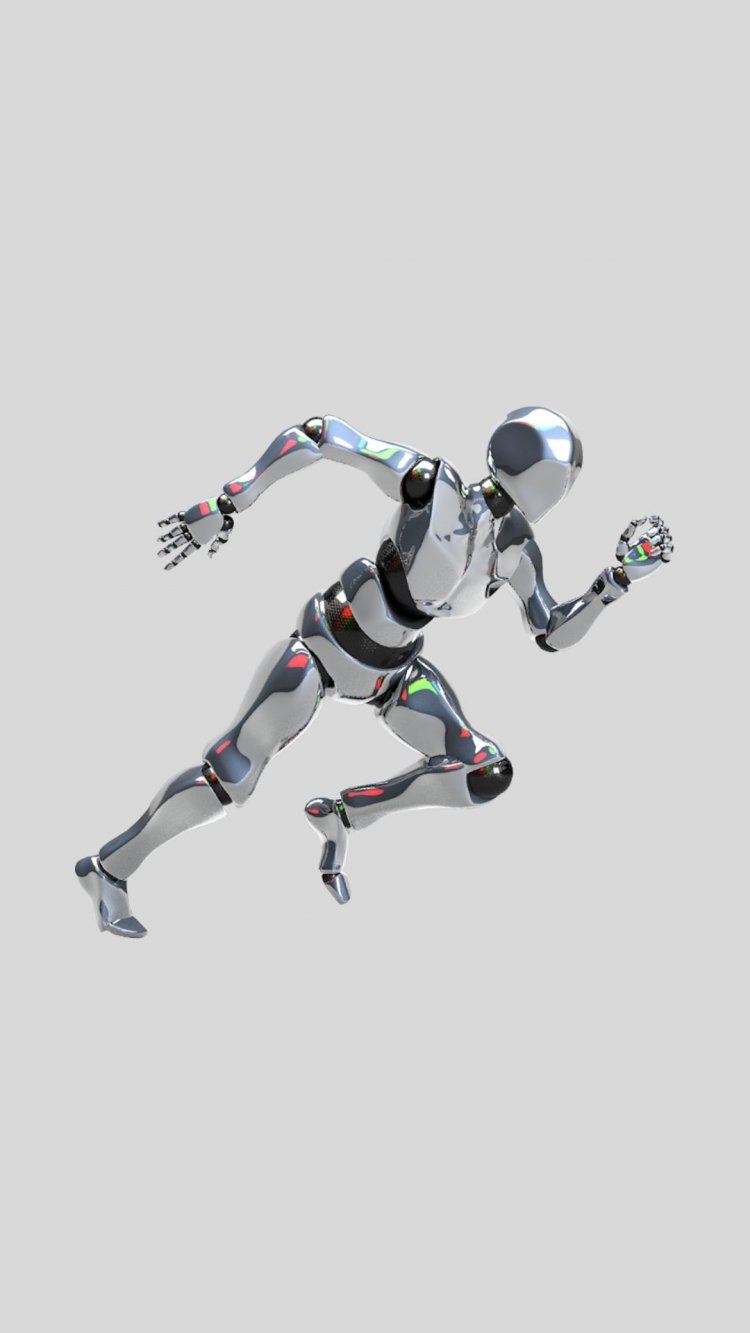There is a huge shift in global manufacturing. We have entered the golden era of industrial robotics adoption. Organisations worldwide are actively seeking robots and automation to future-proof themselves against disasters and political volatility. A recent McKinsey survey found that 67 percent of companies surveyed accelerated their adoption of automation, including robotics and artificial intelligence.
India has an incredible opportunity in front of us. The Indian robotic startup ecosystem can be as successful as Indian SaaS and capture a global market share. However, we need to address a few hurdles facing Indian robotics startups today to do so.
Key factors driving industrial robotics adoption
The drive for increased robotics is due to a couple of factors. Companies are trying to reduce their dependence on manual labour for low-skilled, repetitive tasks. Additionally, many global organisations faced severe supply chain disruptions during COVID-19. This accelerated the trend towards reshoring of manufacturing, particularly in the United States, to mitigate risk.
Let us take the example of the recent semiconductor shortage crisis. As a result of the crisis, Intel has allocated $20 billion to be spent towards factories in Arizona to build their own chips locally. Taiwan Semiconductor Manufacturing Company (TMSC) also plans to spend billions of dollars and develop up to six plants in the United States. The United States government is also looking to increase local manufacturing. The recently approved 2021 Infrastructure Bill has $300 billion allocated to boosting US manufacturing.
Around $50 billion has been separately targeted for semiconductor manufacturing alone. As companies reshore from lower-cost locations, robotics adoption becomes key. Higher productivity with robotics is necessary to offset higher labour costs.
A huge global market opportunity
The global robotics industry is expected to grow rapidly at a CAGR of 18.2 percent to $176.8 billion by 2025. This large market provides some unique opportunities for the Indian robotic ecosystem. With its strong software talent pool, India has long been a preferred destination for developing products.
There is thus an opportunity to make India a global robotics solution provider. If we capitalise on this opportunity now, the Indian robotics ecosystem can be as huge as Indian SaaS.
The SaaS ecosystem in India has given rise to global market leaders like Freshworks, Zoho, and Chargebee. With large investments, we have leveraged our talent pool to create a vibrant ecosystem. Indian SaaS startups have raised a staggering $4.3 billion since 2020.
There are currently 14,443 SaaS startups in India. We can replicate this success in the robotics solutions space, but some hurdles remain.
Capitalising on the robotics opportunity
Indian startups are already looking to capitalise on the global market opportunity created by these tectonic shifts in manufacturing. There are currently around 43 industrial robotics startups in India.
India’s industrial robotics startups have raised about $216 million in investor funding. This is a good start but not enough. To tap into the massive opportunity ahead, we need to accelerate and increase investments in the ecosystem.
Additionally, policy changes are required to make it easy for robotics startups to operate in India. For example, providing category-wise SEZ (Special Economic Zone) type import duty will benefit startups, irrespective of location.
Robotics startups need to import several components from outside the country. However, to get import duty benefits for an export-oriented product, they must be located in an SEZ. This can be cost-prohibitive for an early-stage startup. Startup-friendly policy changes can be of significant help.
We need intelligent robots
There is a race to unlock a large unsolved opportunity for increasing industrial robotics applications in manufacturing. Today’s focus is mainly on the application of robotics and automation in warehousing and distribution. Several tasks in manufacturing are still too complex for robots but simple for humans.
With the technology available today, these tasks are difficult to automate. Activities like ‘pick and place’ involve picking items from a bin, orienting properly, fastening bolts, nuts, screws, and washers. This is why manufacturers still need manual labour to perform low-skill repetitive tasks. Such automatable tasks account for almost $15.8 trillion in wages (McKinsey Report).
Robots built with current technology also require high upfront customisation costs and lack flexibility. To make the ROI work, manufacturers need product designs to stay constant for at least five to seven years after calibrating a robot. This is not always possible in today’s rapidly changing world with shorter product life cycles. This limits large-scale adoption in manufacturing.
What we need is to develop adaptable robots that can visualise and understand objects and tasks like humans. Advances in machine vision technology can make this possible. These intelligent robots can facilitate the creation of universal factories that are product agnostic.
They can be viewed as a key longer-term infrastructure asset. Unlocking this opportunity can make India a sought-after destination for global robotic solution needs. This will also help increase robotics adoption in India by providing better ROI for local manufacturers.
















